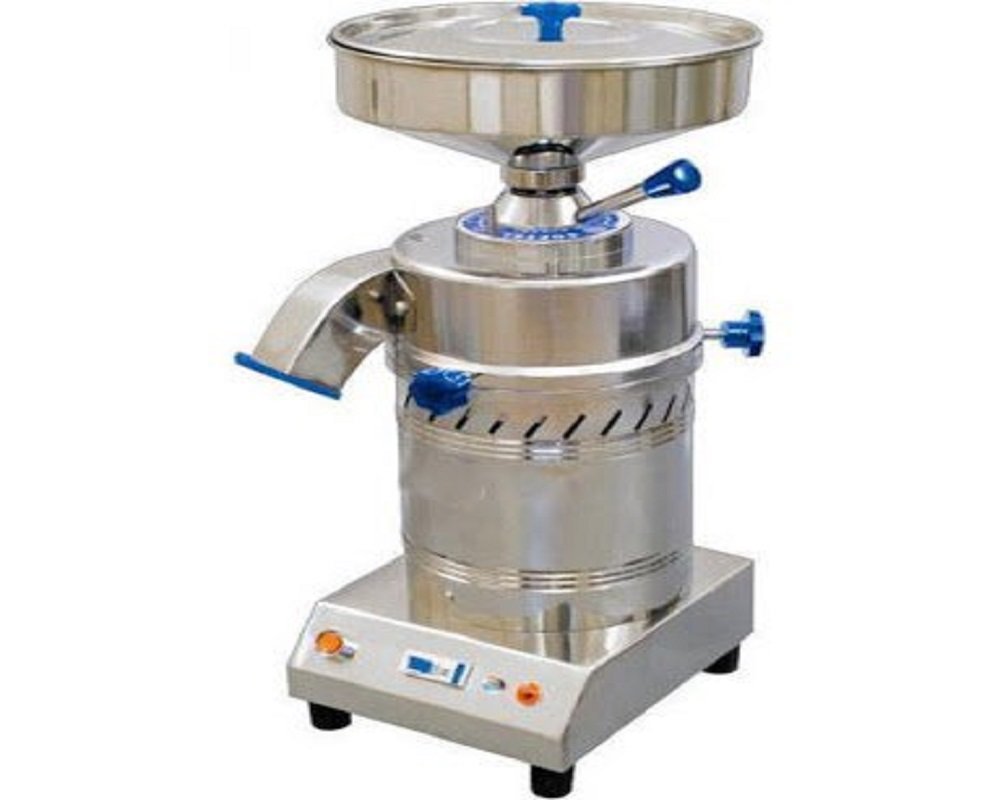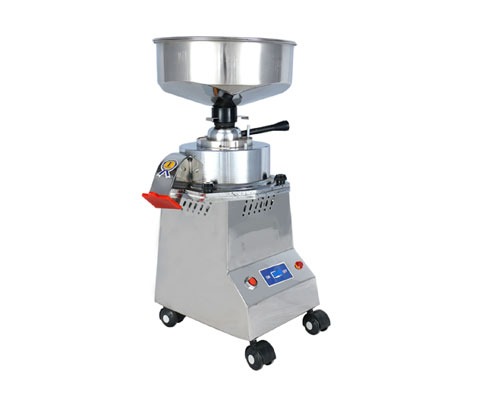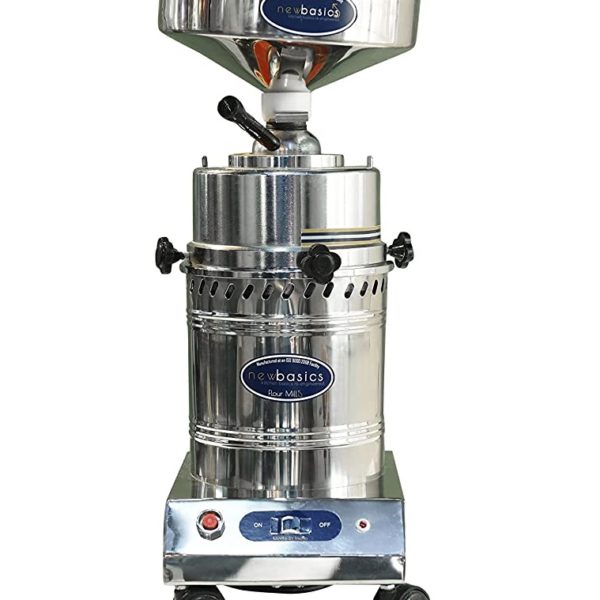Have you ever seen a mini-flour-mill and wondered if it’s worth it? Well, here are some reasons you should give grinding your own grains a try..
Shelf-life: Whole grain flour that you buy at the store goes bad relatively rapidly. Plus, you never know how long flour in the store has been on the shelf. Flour can turn rancid in as little as 1-3 months on a cool pantry shelf. If stored correctly, grains can last 30 years or more in your food storage.
Options: You can grind whatever you want, there are many different kinds of grains beans, quinoa, corn, rice, oats, etc. and one has complete control on flour which they want to experiment on.
Texture: When you grind your own flour, you get to control the fineness of the flour. There are typically settings that allow you to grind fine or coarse grains. This means that you can experiment with the texture of the final product.
Flavor: Many prefer the flavor of freshly-ground flour to that of flour that has been sitting on a shelf for the freshness and flavor.
Cost: Initial cost of a Mill is always a point of consideration, but depending on the type of flour you normally buy, grinding your own grains may save you money in the long run and not to forget additional benefits it would provide.
Nutrition: When we do our grinding, we are sure of hygiene and as these machines run at lower temperature Nutrition is safeguarded as against commercial machine.
Health Benefits: There are definite health benefits which includes – Better weight maintenance, Healthier carotid arteries, Healthier blood pressure levels, Less gum disease and tooth loss, amongst others.
Of course, benefits are most pronounced in the context of an overall healthy diet, and whole grain foods vary in their level of nutrition. But since whole grains are a big step up from refined, commercially-processed flours and cereals, you really can’t go wrong with whole grains and your own grinder.
Explore Grain Grinding Options for Home
-
 Mechanized Stone Flour Mill – Atta Chakki – (Square 1.25 HP)Product on sale₹12,999
Mechanized Stone Flour Mill – Atta Chakki – (Square 1.25 HP)Product on sale₹12,999 -
 Mechanized Stone Flour Mill – Atta Chakki – (Square1 HP)Product on sale₹11,499
Mechanized Stone Flour Mill – Atta Chakki – (Square1 HP)Product on sale₹11,499 -
 newbasics Domestic Stone Flour Mill Atta Chakki (Round 1 HP) (220V Single Phase 5 AMPS) (8-10 kg/hr) Stainless Steel Pathar Ghar Ghanti Atta Maker MachineProduct on sale₹11,499
newbasics Domestic Stone Flour Mill Atta Chakki (Round 1 HP) (220V Single Phase 5 AMPS) (8-10 kg/hr) Stainless Steel Pathar Ghar Ghanti Atta Maker MachineProduct on sale₹11,499





